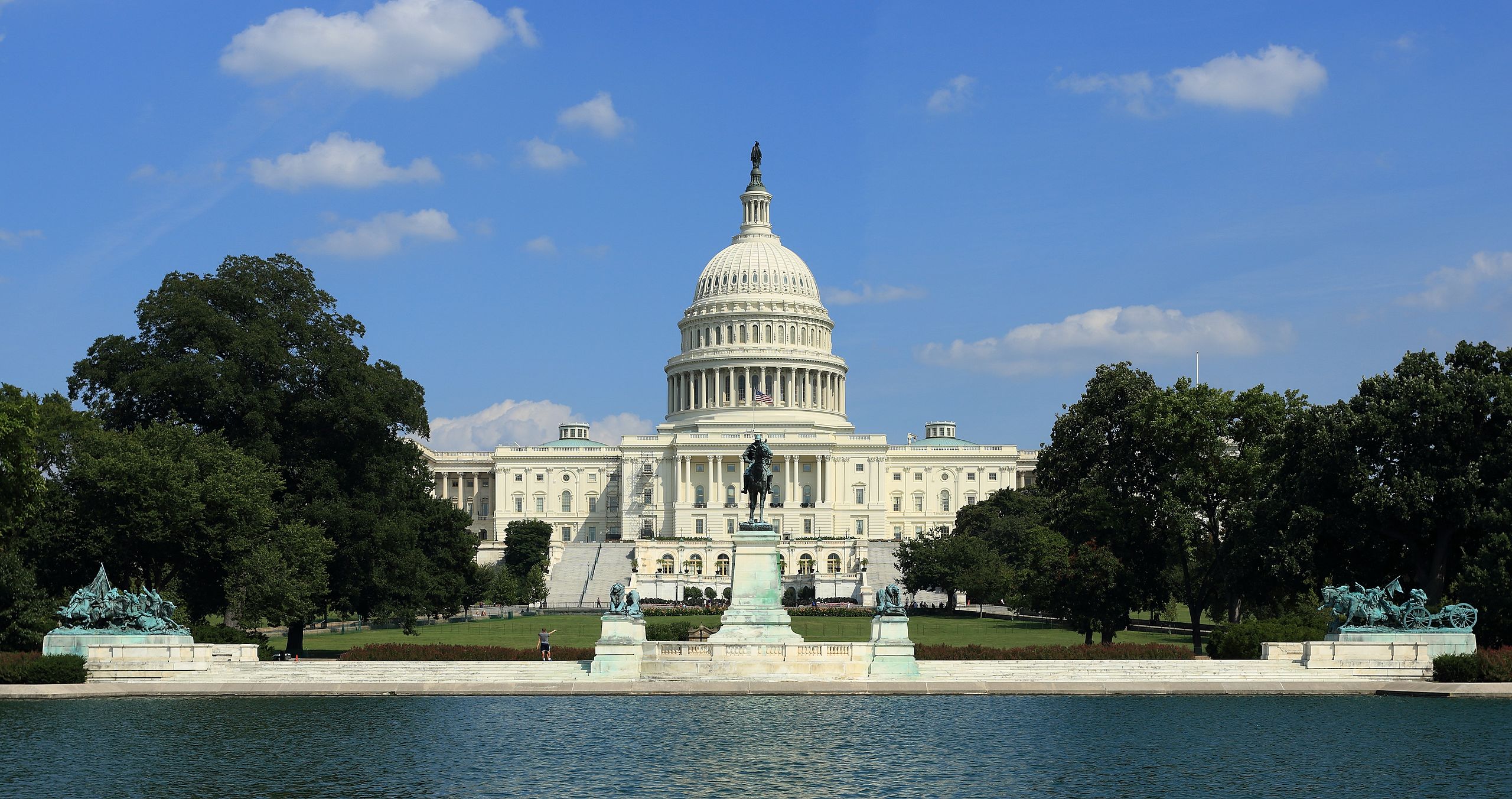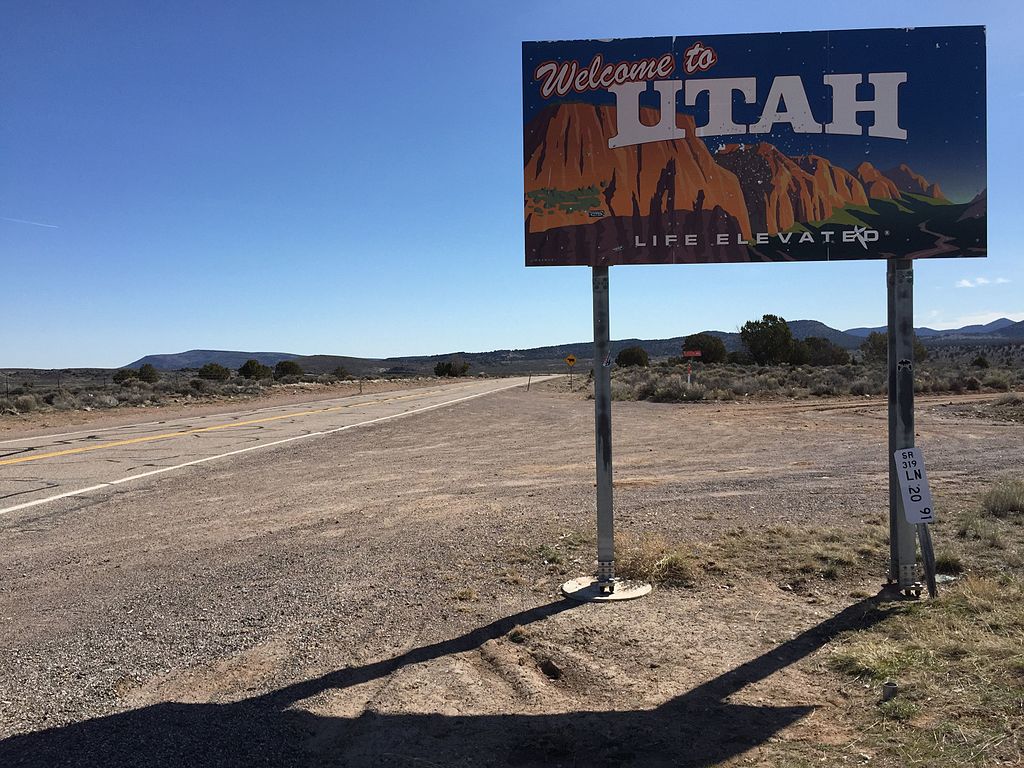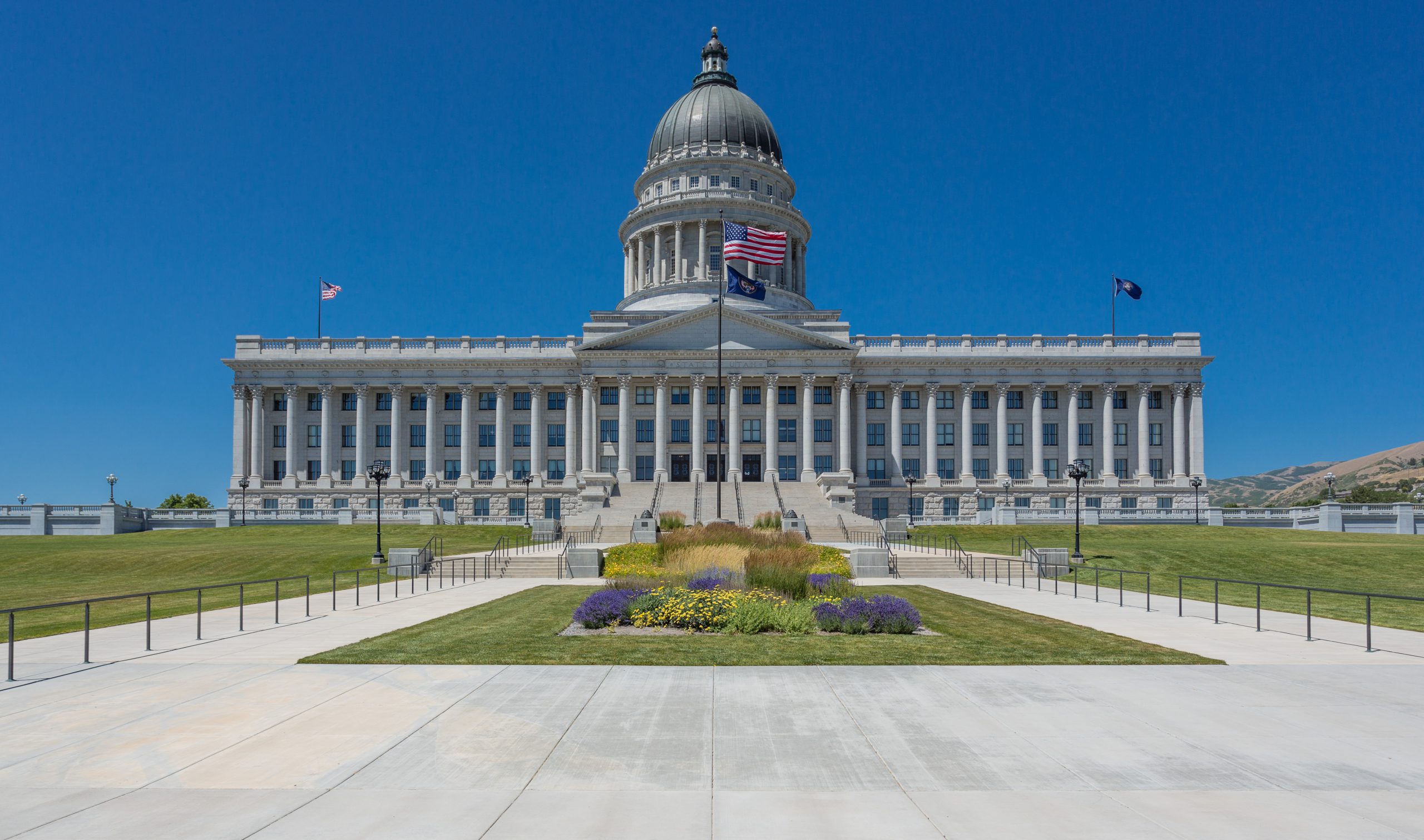Tag: utah
-
Incumbent Celeste Maloy (R) defeated Colby Jenkins (R) in the Republican primary for Utah’s 2nd Congressional District

Incumbent Celeste Maloy (R) defeated Colby Jenkins (R) in the Republican primary for Utah’s 2nd Congressional District on June 25, 2024. Jenkins conceded defeat on August 13. Utah Lt. Gov. Deidre Henderson (R) certified the election results during the statewide canvass on July 22, which showed that Maloy defeated Jenkins 50.1% to 49.9% with a…
-
Incumbent Celeste Maloy (R) defeated Colby Jenkins (R) in the Republican primary for Utah’s 2nd Congressional District following recount

Incumbent Celeste Maloy (R) defeated Colby Jenkins (R) in the Republican primary for Utah’s 2nd Congressional District on June 25, 2024. Utah Lt. Gov. Deidre Henderson (R) certified the election results during the statewide canvass on July 22, which showed that Maloy defeated Jenkins 50.1% to 49.9%. In Utah, candidates can request a recount if…
-
Four candidates are running in the Republican primary election for U.S. Senate in Utah on June 25

Four candidates are running in the Republican primary election for U.S. Senate in Utah on June 25, 2024: John Curtis (R), Trent Staggs (R), Jason Walton (R), and Brad Wilson (R). Incumbent U.S. Sen. Mitt Romney (R) announced he would not seek re-election, meaning the office will be open. All four candidates attended a candidate…
-
One Utah U.S. House district is open this year—tying with 2014 and 2020 for the most this decade

This year’s filing deadline for candidates running for Congress in Utah was January 8, 2024. Thirteen candidates are running for Utah’s four U.S. House districts, including three Democrats and 10 Republicans. That’s 3.25 candidates per district. There were 3.25 candidates per district in 2022, 3.75 candidates per district in 2020, and 2.5 in 2018. Here…
-
Two candidates are running in the Republican primary for governor of Utah on June 25, 2024

Two candidates are running in the Republican primary for governor of Utah on June 25, 2024—incumbent Gov. Spencer Cox (R) and Phil Lyman (R). Candidates in Utah may qualify for a primary ballot through a petition process or by winning at least 40% of delegates’ votes at a convention. Cox qualified through the petition process.…
-
Utah lawmakers require discussion of federal air quality regulations

Utah Governor Spencer Cox (R) on March 13, 2024, signed a bill into law requiring the Utah Division of Air Quality to regularly discuss emissions-related regulations with the state’s Federalism Commission. The bill also includes requirements to discuss regulations from the Environmental Protection Agency and other federal rules affecting industries. The Utah Department of Environmental Quality…
-
Utah State Senate rejects effort to repeal use of ranked-choice voting

The Utah State Senate rejected a bill to repeal the use of ranked-choice voting (RCV) in local Utah elections on Thursday, Feb. 29th. HB290 would have eliminated the Municipal Alternate Voting Methods Pilot Project, which allows municipalities to adopt instant-runoff voting, a form of RCV, for odd year elections. Currently, 23 localities in the state…
-
Seven candidates file to participate in Utah’s Republican presidential caucus

The filing deadline for the Utah Republican presidential caucus passed on Dec. 15, 2023. Seven candidates filed to participate in the March 5, 2024, caucus. In order to file, candidates had to pay a $50,000 filing fee. The following candidates filed: Binkley, Burgum, Christie, DeSantis, Haley, Former Arkansas Governor Asa Hutchinson, Ramaswamy, David Stuckenberg, and…
-
Five candidates have filed to appear on Utah’s Democratic presidential primary ballot

The filing deadline for Utah’s Democratic presidential primary passed on Dec. 1, 2023. Five candidates filed appear on the March 5, 2024, ballot. In order to file, candidates had to pay a $500 filing fee. The following candidate qualified: Biden, Phillips, and Williamson have qualified to participate in five or more nominating contests. See the…
-
Celeste Maloy wins Republican primary for Utah’s 2nd Congressional District

Celeste Maloy defeated Becky Edwards and Bruce Hough in the Republican primary for Utah’s 2nd Congressional District held on Sept. 5. Maloy received 38.3% of the vote, while Edwards and Hough received 35.1% and 26.6%, respectively. As of Sept. 6, approximately 82% of the votes were counted. Maloy advanced to the general election on Nov.…

